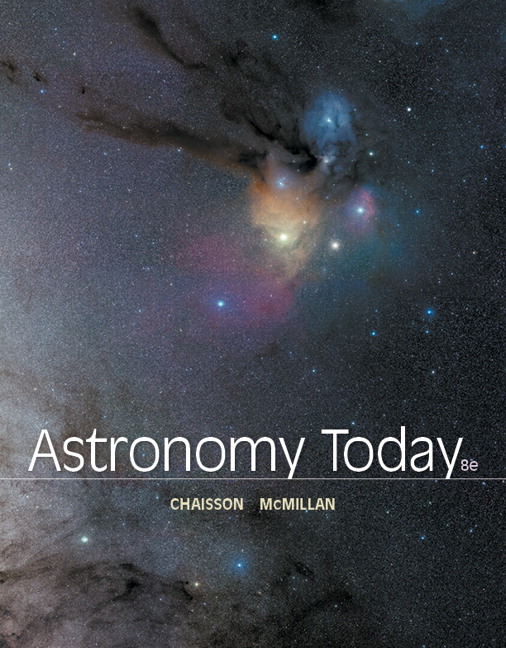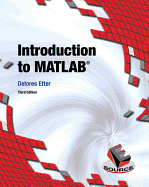Solution Manual for Astronomy Today 8/E 8th Edition Eric Chaisson, Steve McMillan
$35.00
Solution Manual for Astronomy Today 8/E 8th Edition Eric Chaisson, Steve McMillan
You will receive this product immediate after placing the order
All resources are in electronic format and can be downloaded from your account or email – How to Download. Payments will be processed instantly after checkout. Please note that all sales are final and non refundable. If you still have questions, find answers on our FAQ page or just send us an email at [email protected], we will respond as soon as possible.
Chapter 2: The Copernican Revolution
The Birth of Modern Science
Outline
2.1 Ancient Astronomy
2.2 The Geocentric Universe
2.3 The Heliocentric Model of the Solar System
2.4 The Birth of Modern Astronomy
2.5 The Laws of Planetary Motion
2.6 The Dimensions of the Solar System
2.7 Newton’s Laws
2.8 Newtonian Mechanics
Summary
Chapter 2 continues the view from Earth started in the previous chapter by discussing the apparent motions of the planets, which leads to two very important concepts that are introduced in this chapter: the historical development of astronomy and the laws of planetary motion and gravity. The historical context in which these concepts are couched provides a framework for demonstrating the scientific process and for portraying that process as a human endeavor. Although the chapter takes a mostly European view, as is traditional, it does speak to the larger issue of contributions from cultures all over the world and throughout history. Modern astronomy is anything but limited to western contributions; it is a truly international science, as will be seen in later chapters.
Chapter 2 is very important, not just for its historical context, but because it describes the ideas of gravity and orbital motion that pervade the rest of the text. There is hardly a chapter that follows that does not make reference to this material and build on it. It is therefore imperative that students understand this material; without this understanding, very little of the following 26 chapters will make sense. The material is also highly relevant to issues of technology and modern life. For example, students often take the many satellites that serve us in orbit for granted, and they may have a poor understanding (and some misconceptions) about what it takes to get them in orbit and keep them there. Cartoons as well as some science fiction movies and television programs can promote these misconceptions that have become the “lived reality” of our students.
Major Concepts
? Ancient Astronomy
• Early Uses of the Sky
• Astronomy During the “Dark Ages”
? Motions of the Planets
• Wanderers Among the Stars
• Retrograde Motion
? Geocentric Models of the Universe
• Aristotle
• Ptolemy
? Heliocentric Models and the Birth of Modern Astronomy
• Copernicus
• Brahe
• Galileo
? Kepler’s Laws of Planetary Motion
? Isaac Newton
• Laws of Motion
• Gravity
• Explaining Orbits and Kepler’s Laws
Teaching Suggestions and Demonstrations
Section 2.1
Point out to the students that in ancient times, astronomical observations were tightly intertwined with the mythological/spiritual aspects of human life and agricultural factors that were important to the well-being of ancient cultures. Food sources, whether animal or vegetable, were found to be dependent on the annual seasonal cycles. Ask the students if they can come up with examples of things in their own lives that are dependent on celestial phenomena, including the Earth’s rotation and the cyclical revolution period as we move around the Sun. When modern farmers plan, they simply look at the modern calendar and consult with technologically advanced meteorological tools such as “doppler radar” and weather satellites. Ancient cultures lacked these tools and instead relied on other instruments such as Stonehenge or the Caracol Temple as described in the text. It is worth noting that we have only deduced after the fact that these ancient monuments had astronomical applications; it’s not as if they came with instruction manuals! There are also instances where an ancient site was thought to have astronomical significance that later proved to be spurious, such as the Nazca Lines in South America.
Students may be surprised that even today the spiritual components of society are still intermingled with astronomical phenomenon. For example, the Christian holiday of Easter falls on the first Sunday following the first full Moon after the Vernal Equinox.












Reviews
There are no reviews yet.